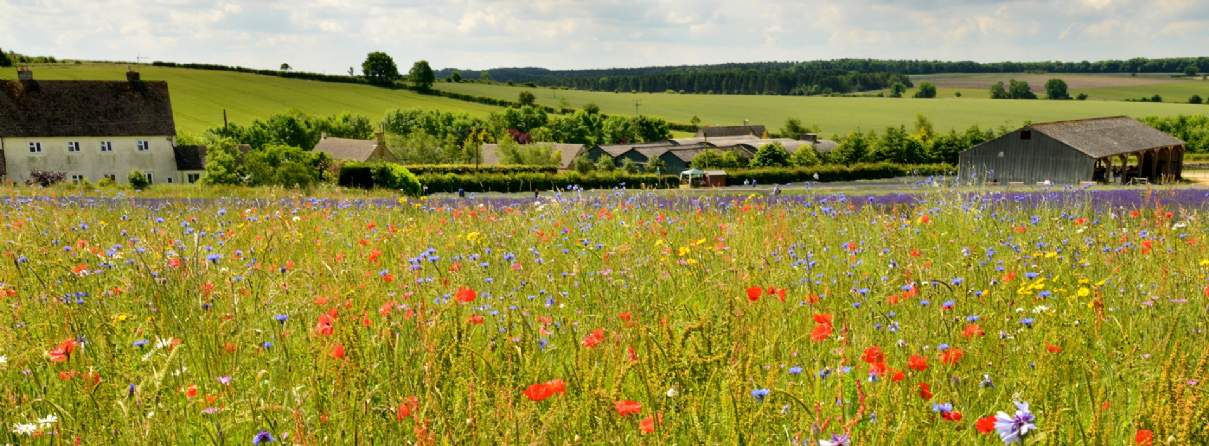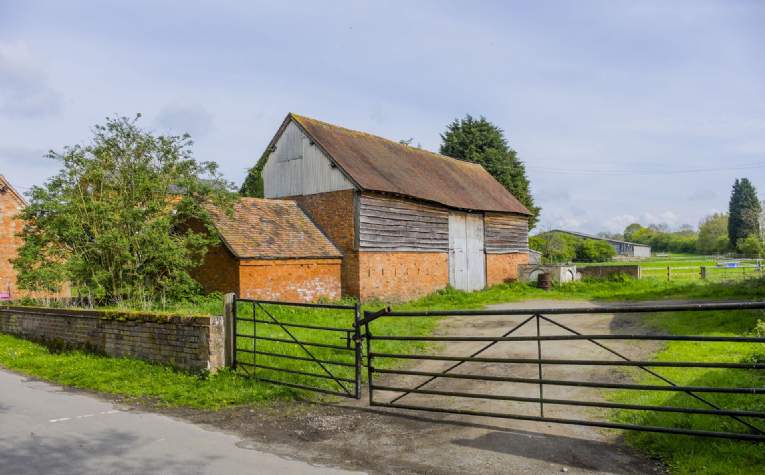What is BNG?
BNG is where development leaves biodiversity in a measurably better state than before. It applies to all new developments following 12 February 2024 and now affects previously exempted small sites.
Why BNG?
BNG is an opportunity for landowners and rural land managers to fast-track nature restoration, boost biodiversity, and generate a meaningful income stream. BNG is different from Countryside Stewardship, however in some cases can be layered on top of established stewardship agreements; this should be reviewed on a case-by-case basis.
Key considerations:
- Cost – Before entering a BNG scheme, it is important to understand the costs that will be incurred prior to establishment as well as the ongoing management cost of delivering the 30-year scheme, such as:
- Ecologists
- Soil samplers
- Solicitors
- Accountants
- Income – The income from most BNG schemes is a one-off fee for the sale of BNG units, rather than ongoing payments. Not all BNG units must be sold at once but can be sold in any number of increments. Income will vary subject to the scale of the BNG scheme, and it is important to make sure a scheme is of sufficient scale to satisfy the ongoing costs of managing it for 30 years.
- Implications on value – There is no law dictating the value of land. However, applying logic to the situation of marketing land that has a 30-year environmental obligation legally tied to it, there is likely to be an effect on its underlying value, subject to whether the value for the units produced has been realised.
- Timelines – To create a BNG scheme takes time. The first stage – understanding the baseline habitat and its condition that will inform the Defra Biodiversity Metric as to the quantum of BNG units – should be taken during the botanical survey window. Following this, it can take months to secure the BNG units in a Habitat Management and Monitoring Plan (HMMP) in a form of legal agreement.
- Implications on land management – Entering a BNG scheme necessitates the creation of an HMMP. This will detail how the land should be managed to achieve specific outcomes for the desired habitats, there will be establishment and ongoing management practices detailed for each year and time of year so that the habitat can achieve its ecologically optimum state. Many habitats can still be managed through the grazing of livestock, but restrictions are applied to stocking density and timings of grazing.
What to do next
- If you want to register your interest please do so through the Savills Environmental Exchange - our bespoke brokerage platform which delivers a map based mechanism to connect parties seeking or providing natural capital offsets.
Further information
Contact Johnny Campbell

.jpg)
.jpg)
.jpg)
.jpg)

.jpg)


.jpg)
